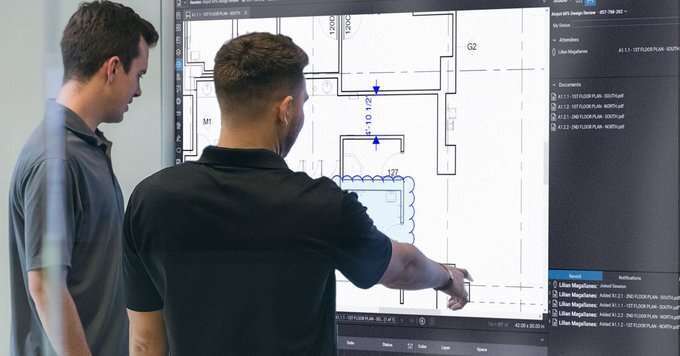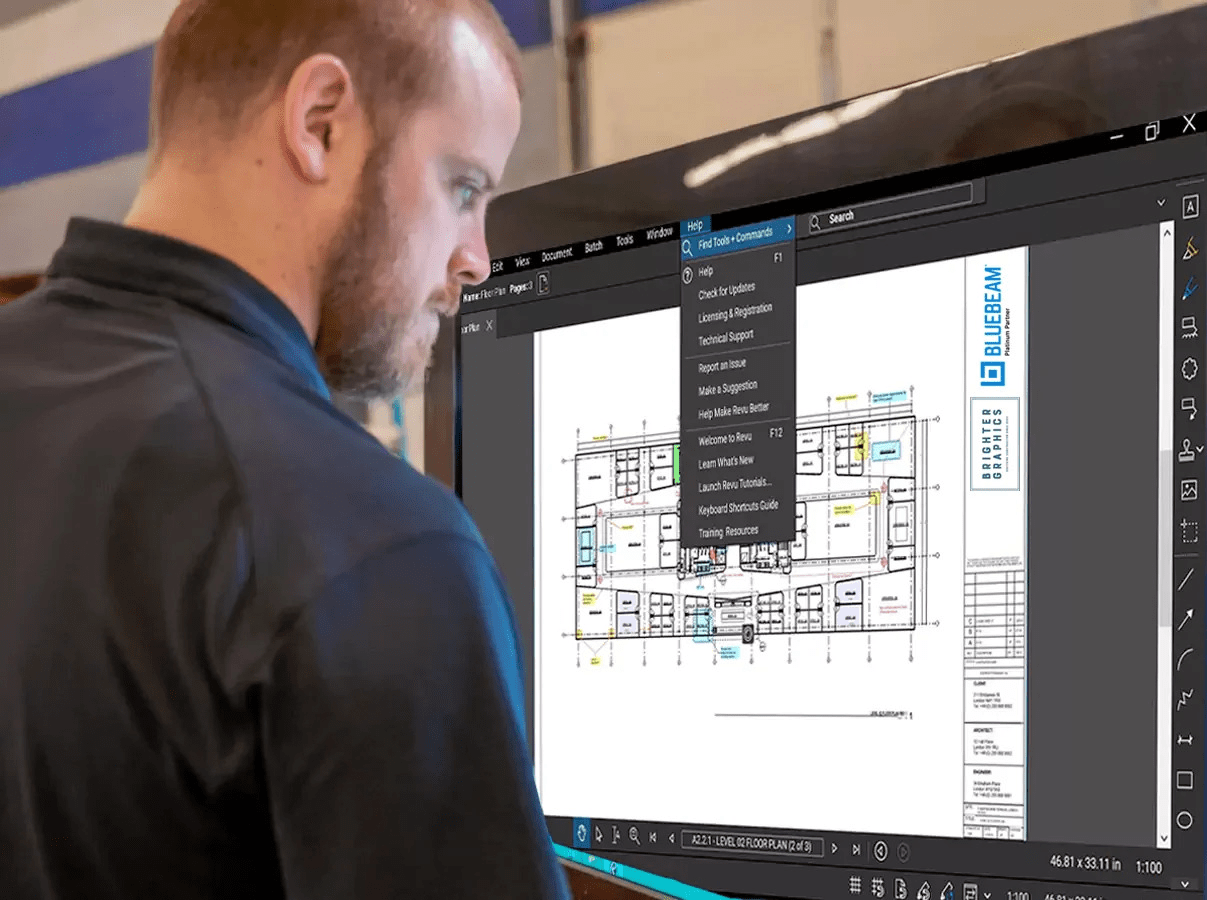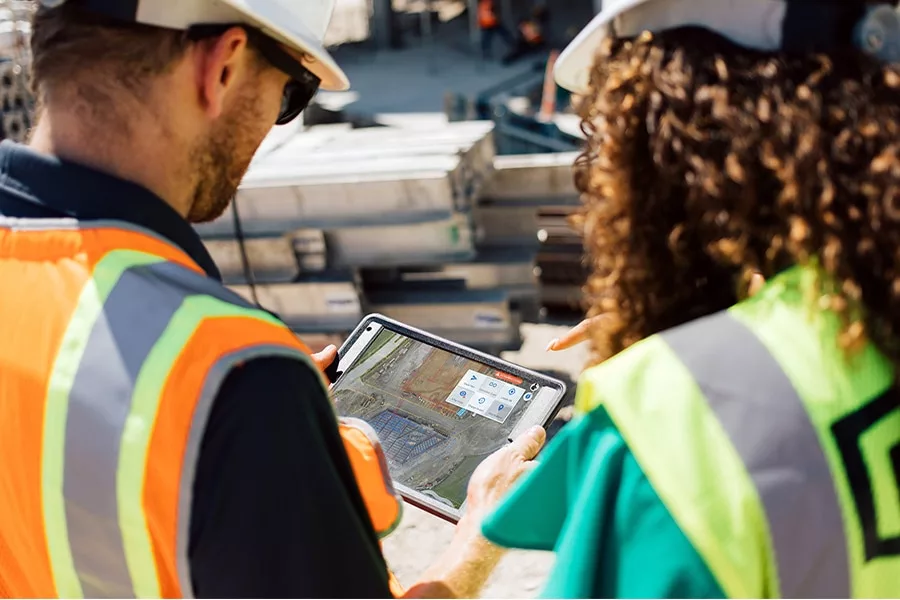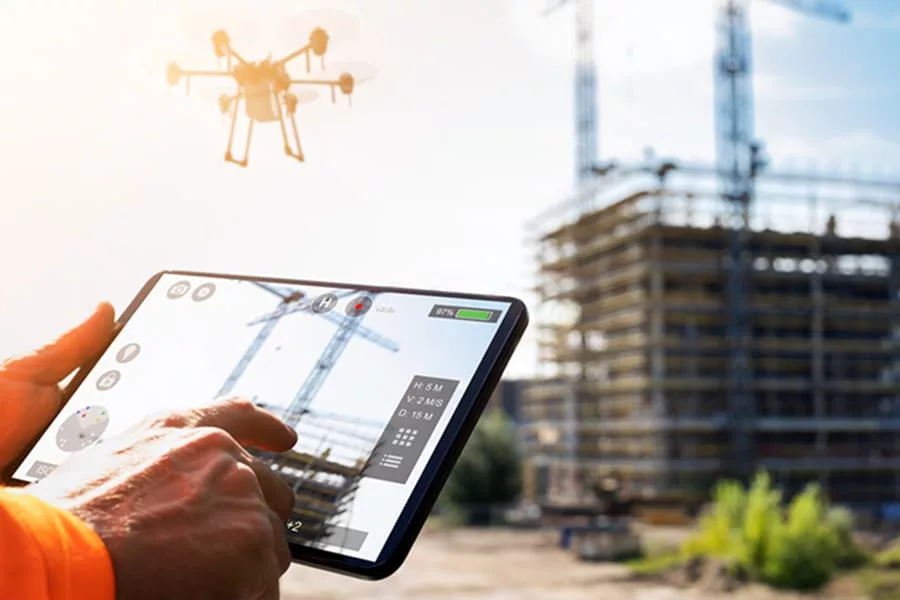
How to Scale Digital Construction Tech: Part 1
The pandemic accelerated digital adoption in construction. Here’s how firms of all sizes can approach the new world of digital technology adoption, starting with a discovery process designed to assess your firm’s needs
Architecture, engineering and construction (AEC) firms made an unprecedented dive into digital technology in response to the COVID-19 pandemic. Prior, the industry had a reputation for lagging adoption when it came to embracing new technology. However, the Centre for Economics and Business Research shows that the pandemic accelerated digital progress and adoption in the construction industry by three years.
What’s more, the rise and stickiness of remote work forced a switch from previously analog processes to new and innovative digital ones. Now 60% of the workers who went remote at the start of the pandemic want to remain flexible and nearly 80% of businesses don’t expect the same level of office attendance moving forward.
These trends are welcome. Removing the daily commute at least some of the time promotes a healthy work-life balance, inspiring creativity and self-learning. This shift, moreover, can help construction firms deal with the shortage of workers by retaining and attracting top talent who know they won’t be tethered to a project site or office.
To support business continuity during the pandemic, many construction firms immediately bought digital technologies, allowing them to work primarily online. But often businesses made these purchases on a reactive basis—and some need a second look as they continue their digital journey. Firms are performing post-pandemic risk assessments to better understand the positive impacts of digital and see where it can lead.

The digital way forward doesn’t require overturning current operations or investing untold sums. Instead, firms can start with easily implementable intuitive tools and internal changes to culture. A simple approach can deliver significant improvement to the way of working.
Keeping the end goal in mind provides the best direction for construction firms’ technology journey. Do you want to drive standards and quality, improve margin or pursue sustainability? Pinpointing what you hope to achieve will help as you assess skills and processes to ensure you’re ready for digital. Then you can make the changes to culture and choose the optimal solutions to move your firm into the digital future.
Let’s take a closer look at each step toward making digital scalable for your organization:
Start with digital principles
To move forward, construction firms need to become familiar with available technologies and engage the workforce and supply chain in implementing new solutions. The digital principles lay the foundation for this digital transformation.
Build your understanding of the tools
Before you make decisions on your journey, learn about digital tools and match them to internal skill sets and desired outcomes. Many firms are reevaluating their existing technology stack, auditing workflows and processes, and assessing how advanced tools will make a difference in the way they work.
Focus on internal skill sets
You need to gauge the skill sets available in your firm, as well as the aversion to change. This will inform how you plan, deliver and roll out technology adoption.
Get your supply chain’s input on how they’ve solved these issues for other companies—and how they’ve benefitted from advanced software and processes as well. Review project histories to identify where you can achieve the most value.
Then, target both your internal audience and supply chain with robust communications to ensure smooth adoption and positive results. This initial analysis and internal education are essential to lay the groundwork for new approaches.


Embed the right culture
When you introduce new technology, you need to consider how you’re going to manage change. If popular enough, a digital journey could be driven from the bottom up, but most typically change comes from a top-down strategic goal. That requires helping your teams understand the value of digital to the firm and themselves. Gaining buy-in will feed wider adoption within your organization, supporting faster testing and evaluation of technologies and encouraging innovation.
Invest in training
Your budget should extend beyond the software purchase and include training for your staff. Whether your teams learn better working hands-on or watching videos, make sure training is available to support them as they embark on digital adoption.
In part 2, we’ll break down how to find the right technology to fit all your needs from the above discovery process.
Share this post on:
Subscribe now
to receive newsletter with latest news weekly from Revu Experts Vietnam.
Related posts

Musselman & Hall Boosts Efficiency with Bluebeam
Musselman & Hall has embraced Bluebeam software to streamline their project takeoff and management processes.

The Top 3 Most Effective Construction Project Management Software
Let’s explore the top 3 most effective project management software currently shaping the complex landscape of the construction industry.

How Can GPS Help Construction?
From keeping onsite equipment secure and productive to helping map out land and terrain for projects, Global Positioning System (GPS) technology offers the construction industry a dimension of information that was simply unthinkable a few decades ago.

How Drone Technology Is Construction’s Eye in the Sky
The advent of drones gives the construction industry the opportunity to get a unique view of a building project as it rises from the ground.

